Introduction
Anatomy
Cause
Symptoms
Diagnosis
Non-surgical treatment
Surgical treatment
Rehabilitation
Prevention
Introduction
Meniscus tear is a common sports injury in the knee joint. The meniscus is one of the major components inside our knees, serving the function of a “shock absorber” while conforming to the surface of the thigh bone (femur) and shin bone (tibia) to aid the smooth gliding of these joint surfaces as they move against each other.
Anatomy
The meniscus is a crescent-shaped structure made of tough cartilaginous tissues. There are two menisci in each knee, one medial and one lateral. Before 1940, meniscus was regarded as an evolutionary remnant of the human knee joint. But nowadays, we all know that they serve the important function of evenly distributing our body weight as well as improving the stability of our knee joints.
The meniscus is nourished by the synovial fluid and small blood vessels inside the knee. For minor peripheral tears, it may heal naturally without treatment. However, it also occupies a large area in the centre of the knee, where it receives no direct blood supply. This presents a problem when there is a large tear or major injury in this part of the meniscus, as these areas tend not to heal at all.
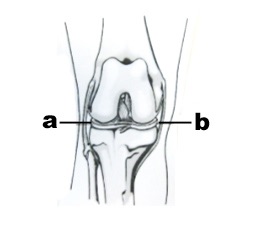
Cause
The meniscus may be torn when a person suddenly changes direction while running or doing other sports activities. The tear often occurs at the same time as other knee injuries like anterior cruciate ligament tears. It may also happen to elderly people, as the meniscus usually weakens with age.
Symptoms
Limited motion of the knee, with a tendency for the knee to get “stuck” or lock up
Pain in the knee
Swelling
Diagnosis
To diagnose a meniscus tear, an orthopaedic surgeon will first find out how the patient got injured and will perform a thorough examination of the knee joint. X-rays may be necessary to rule out other bony injuries. An MRI scan may be performed for further evaluation of the knee joint. Depending on the clinical situation, a knee arthroscopy is sometimes necessary for diagnosing meniscal tears.
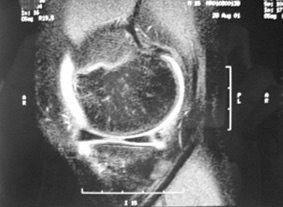
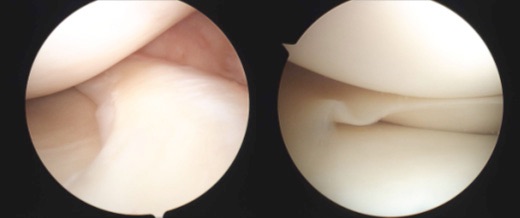
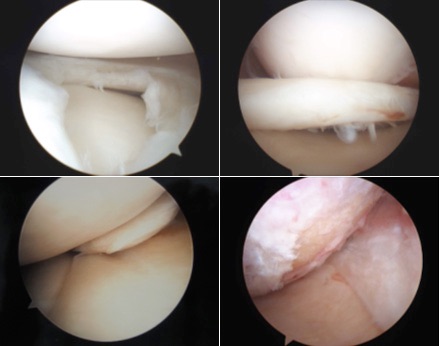
Non-surgical treatment
The knee may heal by itself over time after sustaining a minor meniscus injury. Ice and compression therapy immediately after the injury will help to control the swelling and speed up the recovery. The patient may need to rest his or her knee for a period of time, and physiotherapy may be prescribed depending on the clinical situation and recovery progress.
Surgical treatment
The above conservative treatments do not always work. If the patient experiences increased pain in the knee, or if the knee continues to feel stiff and “locked up”, that means the tear may be large and operations will be required. In this case, an arthroscopy is usually performed, with either an excision of the torn fragment or by repairing the tear, depending on the size, position and pattern of the injury, as well as the duration of time that the injury has been neglected. The orthopaedic surgeon will discuss with the patient the most suitable treatment options.
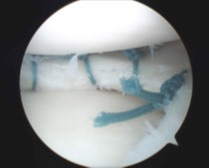
Rehabilitation
Recovery time depends on how severe the meniscus injury is. The orthopaedic surgeon will advise the patient on the specific activities or rehabilitation programme that is suitable for him or her, depending on the type of operation performed.
Prevention
To prevent meniscus tears and other knee injuries, stretch before and after sports activities, strengthen your knee and thigh muscles regularly and avoid abruptly increasing the intensity of sports activity and training schedule.